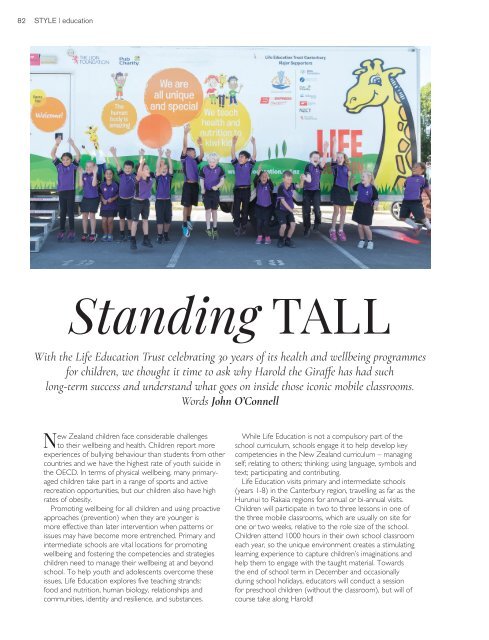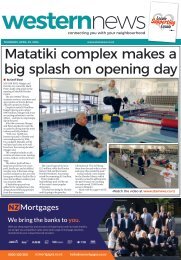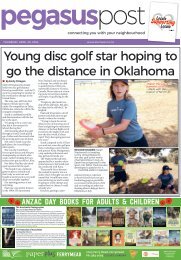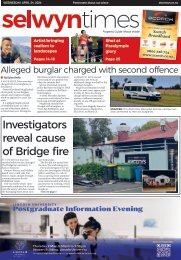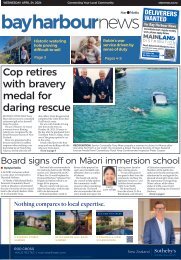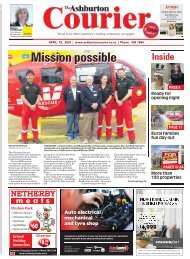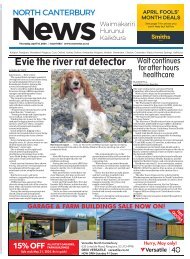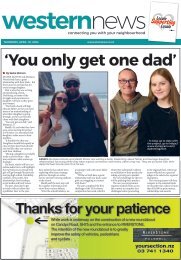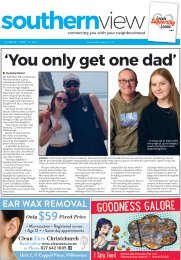Style: October 05, 2018
Create successful ePaper yourself
Turn your PDF publications into a flip-book with our unique Google optimized e-Paper software.
82 STYLE | education<br />
Standing TALL<br />
With the Life Education Trust celebrating 30 years of its health and wellbeing programmes<br />
for children, we thought it time to ask why Harold the Giraffe has had such<br />
long-term success and understand what goes on inside those iconic mobile classrooms.<br />
Words John O’Connell<br />
New Zealand children face considerable challenges<br />
to their wellbeing and health. Children report more<br />
experiences of bullying behaviour than students from other<br />
countries and we have the highest rate of youth suicide in<br />
the OECD. In terms of physical wellbeing, many primaryaged<br />
children take part in a range of sports and active<br />
recreation opportunities, but our children also have high<br />
rates of obesity.<br />
Promoting wellbeing for all children and using proactive<br />
approaches (prevention) when they are younger is<br />
more effective than later intervention when patterns or<br />
issues may have become more entrenched. Primary and<br />
intermediate schools are vital locations for promoting<br />
wellbeing and fostering the competencies and strategies<br />
children need to manage their wellbeing at and beyond<br />
school. To help youth and adolescents overcome these<br />
issues, Life Education explores five teaching strands:<br />
food and nutrition, human biology, relationships and<br />
communities, identity and resilience, and substances.<br />
While Life Education is not a compulsory part of the<br />
school curriculum, schools engage it to help develop key<br />
competencies in the New Zealand curriculum – managing<br />
self; relating to others; thinking; using language, symbols and<br />
text; participating and contributing.<br />
Life Education visits primary and intermediate schools<br />
(years 1-8) in the Canterbury region, travelling as far as the<br />
Hurunui to Rakaia regions for annual or bi-annual visits.<br />
Children will participate in two to three lessons in one of<br />
the three mobile classrooms, which are usually on site for<br />
one or two weeks, relative to the role size of the school.<br />
Children attend 1000 hours in their own school classroom<br />
each year, so the unique environment creates a stimulating<br />
learning experience to capture children’s imaginations and<br />
help them to engage with the taught material. Towards<br />
the end of school term in December and occasionally<br />
during school holidays, educators will conduct a session<br />
for preschool children (without the classroom), but will of<br />
course take along Harold!


